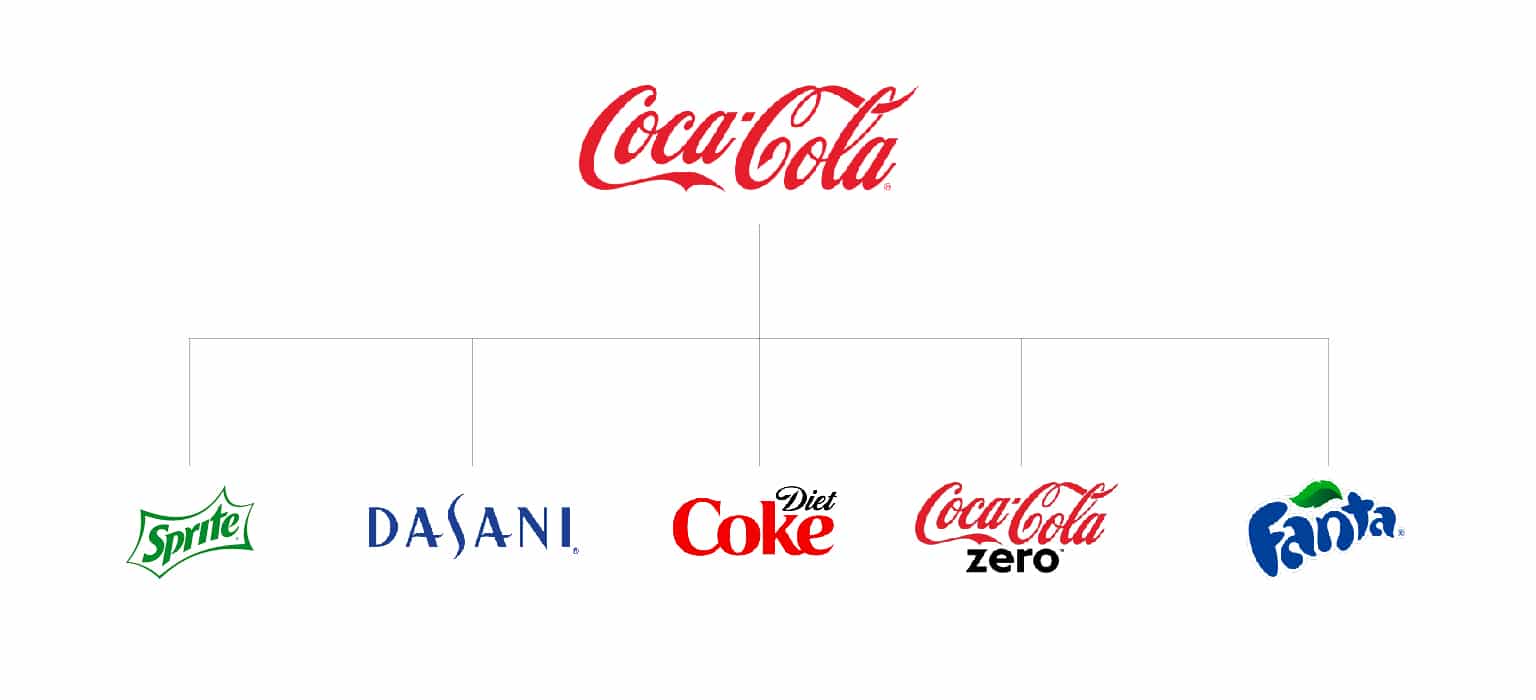One organization. Multiple brands. How do you organize them in a way that is clear to the consumer but still builds equity in the mother brand? Here are a few common strategies used by companies we love.

Branded House
In a Brand House Model organizations invest in making the single “mothership” brand image known and loved. Customers come to trust the mothership and then by default trust the sub-brands. In most cases, the corporate name and brand identity is one and the same, the marketing is the same, the brand position and the value proposition are the same. It’s simple and easy to apply across a multitude of marketing applications. Examples include Google, FedEx, or Virgin.

House of Brands
Another common approach is known as a House of Brands, where organizations market two or more different house brands. Powerhouses like Procter & Gamble (Tide, Folgers, Pampers), Unilever (Dove, Lipton, Axe, Ben & Jerry’s) and Newell (Yankee Candle, Rubbermaid, Elmer’s Glue) are great examples. Consumers don’t really care about the mothership brand. They care about the brand they are interacting with. Each sub-brand has it’s own value, promise, and identity.

Hybrid Brand
There is a third approach which is a bit messier because it tends to happen organically rather than by strategy. It is a hybrid of the two approaches listed above. Coca Cola, Marriott, and Amazon are three organizations that exemplify a hybrid brand strategy. The mothership is offering value and brand recognition, but the products themselves are also offering value.
The Coca Cola company has leveraged the strength of its namesake with a variety of mothership brand extensions like Diet Coke and Coke Zero, while also having house brands like Sprite and Dasani. Marriott uses a similar approach with a strong mothership brand, brand extensions like JT Marriott, endorser brands like Courtyard by Marriott and house brands like The Ritz Carlton.
So, how do I decide which one is right for my organization?
Put yourself in the shoes of the customer.
You may have heard it described as being unable to read the label because you are inside the Coke bottle. It is easy to sit in a room with decision makers at your organization without ever putting yourself in the shoes of the one you are trying to connect with. When discussing brand architecture, aligning on the right strategy is all about stepping outside of what you know and reading the label. Interviewing outsiders could prove helpful.
Where do I want to place the brand’s equity?
What do you want people to know more about/invest more in? Is it the mothership brand, the services/products being offered, or a combination of both? Are you planning on selling the mothership eventually? Are people more likely to buy from/interact with your mothership brand or your sub-brands? Make hard decisions on these topics and make sure the entire internal team is aligned so you can build a strong foundation from the beginning.
More brands means more marketing.
If you fall into the second or third category that means your organization will have multiple brands to create and manage. More brands means more budget needed to make sure each is successful. Each brand will likely have their own unique look, website, message, value proposition, social channel, and position. If done right it could provide many opportunities for growing your organization.
Not sure which strategy is right for you?
Let Us Help

